I. What is the working principle of flatfoot detection devices?
Flatfoot detection devices are mainly based on the principles of plantar pressure sensing and foot morphology recognition. By analyzing the pressure distribution on the plantar surface and the structure of the foot arch, the system determines whether flatfoot is present. Common detection principles include:
Pressure plate measurement principle (plantar pressure analysis system)
An array of pressure sensors records the pressure distribution in different regions of the foot during standing or walking. If the midfoot (arch) area shows excessively high pressure or a large contact area, it may indicate the presence of flatfoot. This method is suitable for both dynamic and static assessments.
Plantar scanning imaging principle (optical scanning)
This method uses optical projection or a camera system to obtain a footprint image and calculates the contact ratio of the foot arch. It is commonly used for rapid screening and is suitable for physical examinations and outpatient use.
3D laser scanning principle
By using laser scanning to capture the three-dimensional structure of the foot, the system can precisely measure key indicators such as arch height, foot length and width, and heel inclination angle. This is an advanced method for diagnosing flatfoot, especially for hidden or structural abnormalities.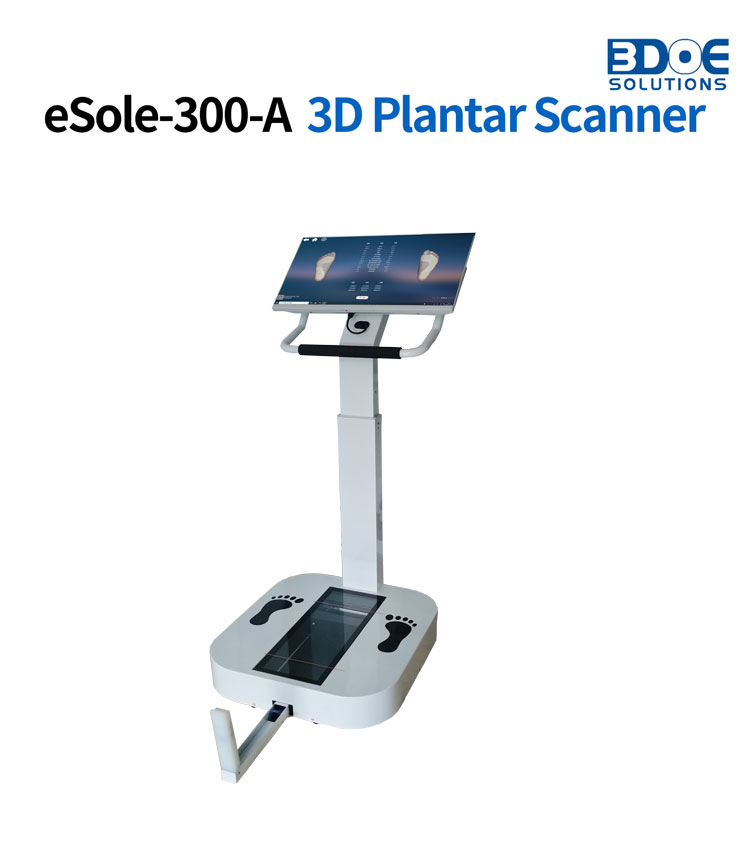
II. Advantages of using plantar 3D scanners
Plantar 3D scanners mainly use laser or structured light scanning technology. Compared to traditional measurement methods, they offer the following significant advantages:
Three-dimensional data with higher accuracy
They can accurately capture the true shape of the sole and foot arch, including arch height, length, thickness, and medial-lateral symmetry. The data accuracy can reach up to 0.5 millimeters, far exceeding traditional rulers or 2D imaging methods.
Non-contact, safe, and comfortable
The scanning process does not require physical contact with the foot, avoiding pressure and deformation. It is especially suitable for sensitive populations such as children, the elderly, and patients with diabetes.
Fast modeling and high efficiency
The scanning time is short—usually within 10 seconds—to complete foot model acquisition. This is ideal for rapid outpatient testing, large-scale foot shape recording, and personalized insole customization.
Strong visualization, easier communication and assessment
By generating 3D models and plantar height heat maps, it helps doctors or users visually understand foot structure problems and enhances communication efficiency.
Supports digital output and custom design
The scan data can be exported in STL, OBJ, and other formats, allowing seamless integration with CAD software. It can be directly used for insole design, foot correction, and 3D printing for customized services.

 +86-0755-86131192
+86-0755-86131192 2025-07-15
2025-07-15 Back to list
Back to list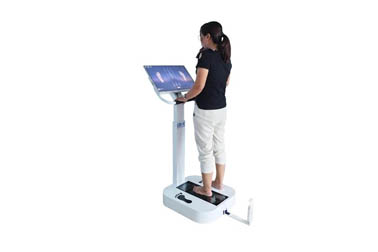
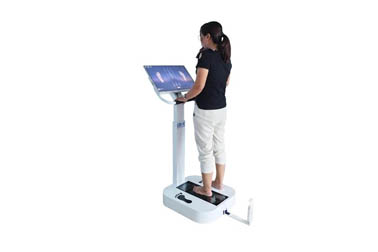
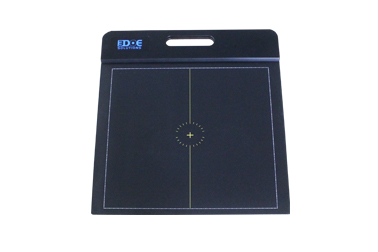
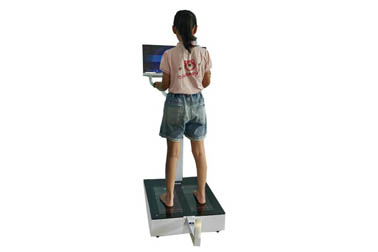
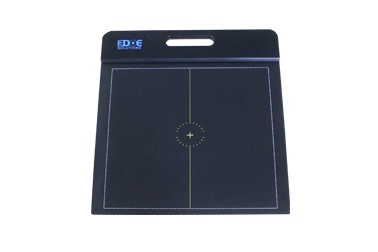
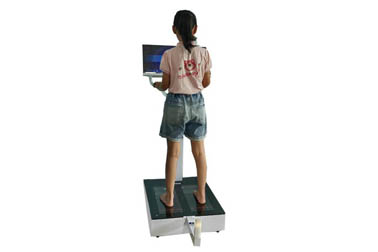



 +86-0755-86131192
+86-0755-86131192